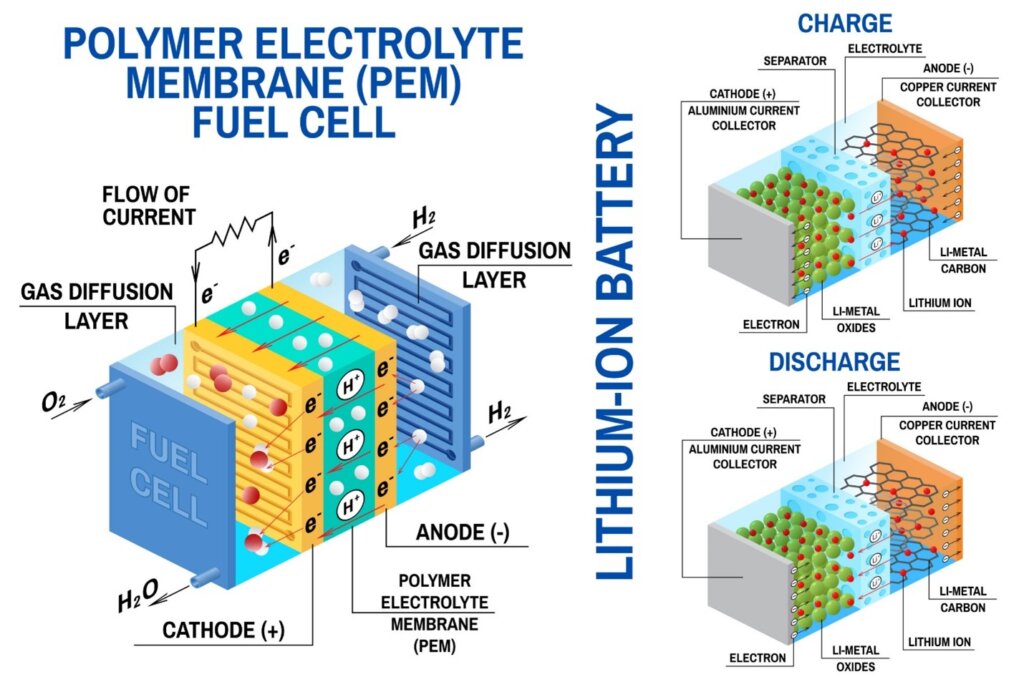The Basics of Li-Ion Batteries
There are three
components of a lithium-ion battery: the cathode, the anode, and the
electrolyte. Cathodes are usually the most expensive and heaviest element of
the battery meaning that cathode studies are high priority. The cathode is the
oxidizing or positive electrode that obtains electrons from the external
circuit and is diminished throughout the electrochemical reaction.

Cathodes are often
made from lithium cobalt oxide (or lithium cobaltate), lithium manganese oxide
(also known as spinel or lithium manganate), lithium iron phosphate, as well as
lithium nickel manganese cobalt (or NMC) and lithium nickel cobalt aluminum
oxide (or NCA). As the unifying element in each of these li-ion battery types,
lithium is naturally central to the essential reactivity of cathodes.
Understanding Cathode Studies
Cathode studies
usually focus on the discovery and exploration of new and improved materials
which can be used for energy storage applications. The materials which are used
have a significant impact on the performance of the battery. In disposable
batteries, electrodes can flow in a single direction from anode to cathode. However,
rechargeable batteries have to reverse the flow. Cathode studies led to the
identification of lithium as an ideal substance for both anode and cathode as
it accepts and loses electrons respective to the configuration of the electrode
element.
Cathode studies have
focused on materials which can facilitate both discharge and recharge cycles
across variable ion and electron transportation and are now an area of
concentrated research. Cathode studies are currently investigating numerous
structural groups for the future of energy storage devices, primarily using
differential electrochemical mass spectrometry (DEMS) as a key research tool.
The electrochemical performances of different li-ion battery systems depend on
distinct chemistries, crystal structures, and solid-state physics.
DEMS is an ideal
research tool for cathode studies as it combines electrochemical half-cell
experimentation with precision mass spectrometry. This allows researchers to
accurately determine low level reaction intermediates occurring as a result of
reactions at the interfaces between cathodes and electrolytes.
Hiden Analytical for Cathode
Studies
Hiden Analytical is at
the forefront of differential electrochemical mass spectroscopy solutions
for cathode studies and lithium-ion battery research.
Cathode studies are an important area of research and expansion for sustainable
energy storage devices which are lightweight enough for a range of mobile
electronics applications.
Our DEMS solution combines the powerful HPR-40 DSA mass
spectrometer with a unique nanoporous sampling interface that allows for
real-time detection of both evolved off-gas and dissolved species in solution.
It is compatible with a large number of cathodes and anodes and contribute
to a broad scope of research. Contact
us today to find
out more.
